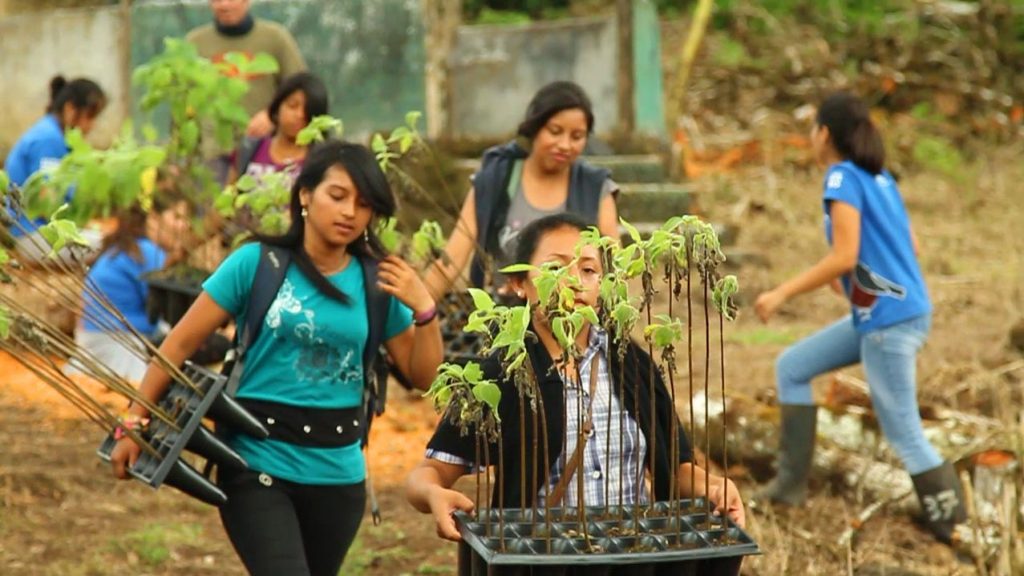
Forest Recovery with Local highschool students
Volunteering at CEDEVIS can involve lots of different kinds of work, depending on the project you are interested in. At CEDEVIS, you have the opportunity to use your creativity and initiative to start new projects, and contribute to existing ones. We are currently working on organic agriculture, creating interpretive trails, completing inventories of endemic and introduced species, ecological restoration, and environmental education projects. This is a good place to learn and gain experience in these areas, or to carry out your thesis research. We are currently collaborating on projects with World Wildlife Fund, The Nature Conservancy, Ecology Project International and the Charles Darwin Scientific Centre. One thing you can be sure of at CEDEVIS is lots of time for hard work and fun outdoors, in a beautiful and peaceful setting, where wild Galapagos Giant Tortoises roam!
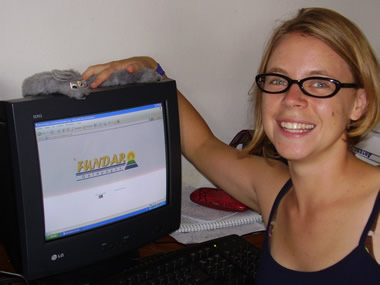
Here is an example of a day in the life of a CEDEVIS volunteer:
8:00 am After you prepare and eat some breakfast you are ready to start out your day. Now is a good time for outdoor work, before the heat of the midday sun.
8-9 am Grab your machete, and give your arm muscles a workout clearing the path for an interpretive trail.
9-9:30 am Have a drink of water in the shade, and check up on the seedlings growing in the plant nurseries. Do the tomatoes need some more water? Better give them a drink, too!
9:30 – 10:30 am Get your gear together to help out with inventories of endemic and introduced plant species on the grounds of the farm. Pick a section of the farm that hasn’t been inventoried yet, and plot out sections where native plants of Galapagos are thriving, and sections where the invasive introduced species have taken over. Keep good records of your data, because it will be used in the plans for eradication of invasive species from the farmlands.
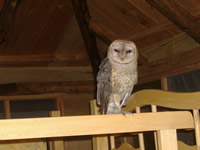
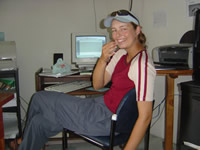
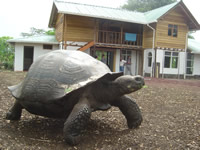
10:30 – 12:00 pm Hang out in the shade of the communal room, and treat yourself to a popsicle while you go through the plant identification books. Where there a few species that you didn’t recognize when you were out doing inventories? Once you have used the books to identify them, check if there is already a record of this plant on the farm. If not, cut a sample, and put it in the plant press. Once it has dried, you can add it to the herbarium and we will have a fuller record of the farm’s vegetation species.
12:30 pm Lunch Time! Dona Lucia always cooks up a great meal for hardy workers. Traditional Ecuadorian fare begins with juice and a hot soup, and is followed by a hot main meal. An example of a lunch would be a cool glass of lemonade, lentil soup, a plate of rice, stewed beans, fried fish and a salad.
1-2 A descansar! Now is the time to relax, digest, read a book, have a siesta!
Men already taking organic nitrates or any cute-n-tiny.com buy generic levitra high blood pressure medications.
2-4:30 Is there a group of kids learning about environmental education at the farm this week? Maybe you could help out and learn a little, too! You could participate in the soil analysis projects in different sections of the farm, and then join in a big group effort at eradicating the strongly invasive blackberry plants, which are a problem in many parts of the highlands of Santa Cruz island. Make sure you have your long sleeves on and a pair of work gloves.
4:30 – 6:30 Quite often in the afternoon, there is a heavy downpour in the highlands. How refreshing after the heat! Now’s a good time to relax in your room, and listen to the rain falling on the lush countryside outdoors. Maybe you’d like to take the time to chat with some of the other volunteers and find out about a different culture, or practise your Spanish?
6:30 Supper time! Another yummy traditional Ecuadorian meal from Dona Lucia!
7:30 Night has fallen, the stars are out, bats are flying about, and our resident owls who spend the day in the rafters of the porch have gone out to hunt! Time for socializing with the other volunteers, then jumping into your bunk-bed to rest for tomorrow’s activities at CEDEVIS.
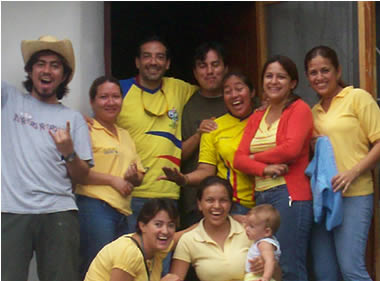
FUNDAR-Galápagos, junio del 2006
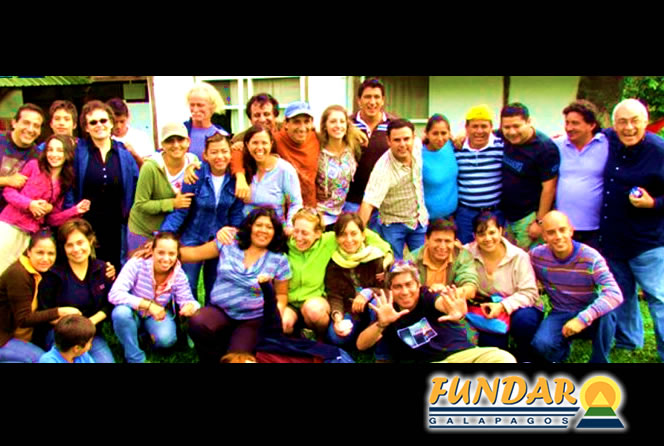
Celebrating the 10th Anniversary – August 21th, 2011 / FUNDAR-Galápagos, agosto del 2011
*Si desea conocer más sobre oportunidades de voluntariado o pasantías para tesistas en las Islas Galápagos, haga click en este enlace Volunteer and InternShip Program.
Share this content:
Deja un comentario